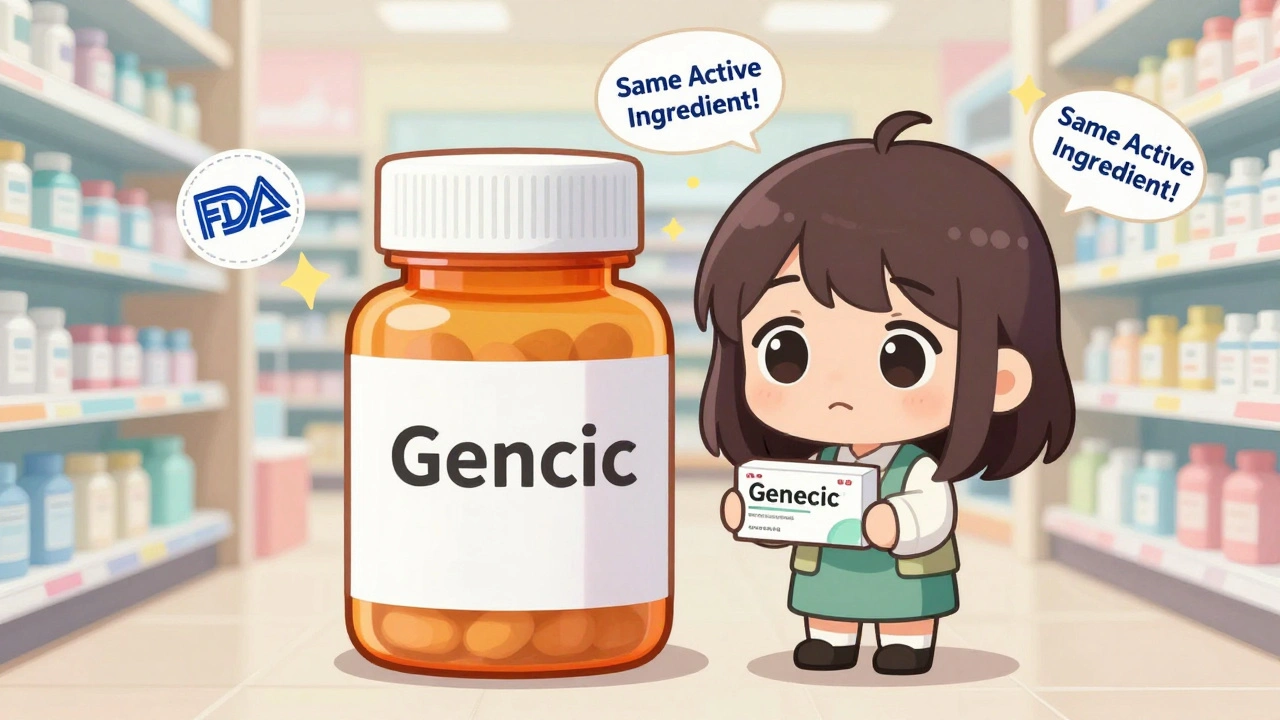Antibiotics – Essential Guide & Practical Insights
When talking about antibiotics, medicinal substances that kill or stop bacterial growth. Also known as antibiotic drugs, they are a cornerstone of modern healthcare. Beta‑lactamase inhibitors, compounds that protect beta‑lactam antibiotics from bacterial enzymes work hand‑in‑hand with many penicillin‑type drugs, extending their lifespan. Antibiotic resistance, the ability of bacteria to survive exposure to antibiotics threatens that partnership, forcing prescribers to rethink treatment plans. Meanwhile, Broad‑spectrum antibiotics, drugs effective against a wide range of bacterial species are often the first line in urgent infections but can also fuel resistance when overused. These concepts are tightly linked: antibiotics encompass various classes, resistance influences drug choice, and inhibitors enable older agents to stay effective.
Key Concepts & Common Questions
Understanding antibiotics starts with their classification. Narrow‑spectrum agents target specific bacteria, reducing collateral damage to the body's normal flora. Broad‑spectrum drugs, like amoxicillin or certain fluoroquinolones, cover many pathogens, making them useful in severe or unknown infections. The addition of beta‑lactamase inhibitors—clavulanic acid being the classic example—creates combos such as amoxicillin‑clavulanate, which can defeat bacteria that produce beta‑lactamase enzymes. On the other hand, drugs like clindamycin, a lincosamide, are prized for treating anaerobic infections and skin‑soft tissue issues, but they carry a distinct risk of Clostridioides difficile overgrowth if misused. Resistance patterns shift over time; MRSA, ESBL‑producing Enterobacteriaceae, and multidrug‑resistant Pseudomonas are now routine concerns in hospitals. This evolution forces clinicians to balance efficacy, safety, and stewardship—a systematic effort to prescribe the right drug, at the right dose, for the right duration. Stewardship programs rely on rapid diagnostics, local antibiograms, and patient education to curb unnecessary exposure.
So, what should a reader expect from the collection below? You’ll find detailed comparisons of specific agents (like how clavulanic acid boosts amoxicillin, or why clindamycin remains a solid option for certain infections), practical advice on buying safe generic antibiotics online, and clear guidelines on when professional care is essential. The articles also dive into the science behind resistance, explain how to read a prescription label, and outline steps to protect yourself from side‑effects. Armed with this background, you’ll be ready to navigate the complex world of antibiotics with confidence and make informed choices about treatment, purchase, and prevention.





